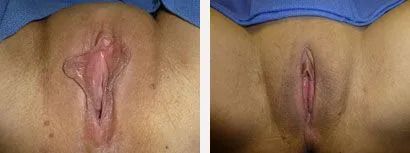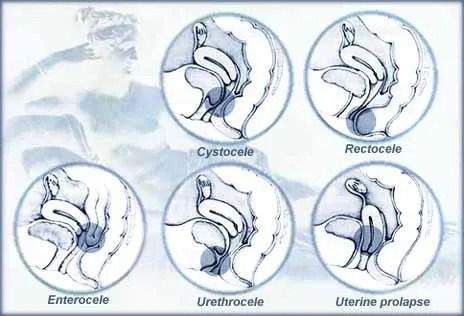Vaginal Relaxation – New York
An estimated 30 million American women experience symptoms of vaginal relaxation and stress urinary incontinence. These conditions can lead to urine leakage during everyday activities such as walking, coughing, or exercising and may also impact bowel function.
Most often caused by childbirth, aging, or loss of tissue support, these changes are part of what’s known as pelvic relaxation—a condition that can significantly affect comfort, confidence, and quality of life.
Real Patient Photo Gallery
Individual results may vary.
Explore our Real Patient Photo Gallery to view before-and-after results from actual patients of Dr. Robert A. Jason. Each image reflects his commitment to precision, artistry, and natural-looking outcomes in cosmetic gynecology and vaginal rejuvenation.

Understanding Pelvic Relaxation
Many women experience pelvic relaxation, often living with discomfort longer than necessary. With a proper diagnosis and treatment, most patients can return to a life free of pain and limitations.
These conditions are frequently covered by insurance and typically involve the relaxation or weakening of one or more pelvic organs:
- Vagina
- Uterus
- Bladder
- Rectum
These organs are supported by a network of muscles, fascia (connective tissue), and ligaments. When these supports weaken, the organs can sag or protrude beyond the vaginal opening—a condition referred to as a pelvic support defect.
Common Causes
Pelvic relaxation and related conditions may result from one or more of the following factors:
- Childbirth-related tissue or muscle separation
- Aging and progressive weakening of pelvic support structures
- Genetic or inherited tissue weakness
- Chronic coughing or repeated abdominal strain
- Obesity and increased abdominal pressure
Common Symptoms
Women experiencing pelvic relaxation may notice one or more of the following symptoms:
- A feeling of heaviness, pressure, or fullness in the pelvic area
- Involuntary urine leakage during physical activity such as laughing, coughing, or sneezing
- A visible or palpable vaginal bulge in more advanced cases
Types of Pelvic Support Defects
Several distinct conditions can occur when pelvic support structures weaken. The most common include:
- Cystocele: When the bladder drops into the vaginal wall, causing difficulty emptying the bladder, frequent infections, and urine leakage.
- Perineocele: A herniation between the vagina and rectum or around the anal sphincter.
- Urethrocele: Often present along with a cystocele; results in urine loss with sudden pressure, such as coughing or laughing.
- Rectocele: The rectum bulges into the vagina, which can make bowel movements difficult or incomplete.
- Enterocele: Occurs when a portion of the small intestine bulges into the back vaginal wall.
- Uterine Prolapse: The uterus descends from its normal position, leading to a feeling of fullness, pressure, or tissue protrusion.

Diagnosis Tools
To accurately identify the type and severity of pelvic relaxation or related conditions, Dr. Jason may use one or more of the following diagnostic methods:
- Comprehensive physical examination and detailed medical history review
- Q-tip test to assess urethral mobility
- Urodynamic studies – a 15–20 minute test that evaluates bladder and urethral function
- Urethrocystoscopy – a scope procedure used to visually examine the bladder and urethra
- X-rays of the urinary system to detect structural or functional abnormalities
Treatment Options
For many patients, surgical correction of pelvic support defects provides the most effective and lasting solution for restoring comfort, function, and quality of life.
Depending on the severity and type of defect, treatment may include Laser Vaginal Rejuvenation (LVR®), Designer Laser Vaginoplasty (DLV®), or other advanced pelvic reconstructive procedures—each performed with an emphasis on precision, safety, and natural results.
For those who prefer or qualify for non-surgical alternatives, non-invasive treatment options are also available, offering effective improvement with minimal downtime.
Combination Procedures Available
Laser Vaginal Rejuvenation (LVR®) and Designer Laser Vaginoplasty (DLV®) procedures can be safely performed in combination with other cosmetic surgeries, including:
- Liposuction
- Breast Augmentation
- Abdominoplasty (Tummy Tuck)
- Rhinoplasty
These procedures are coordinated with our network of board-certified facial plastic and general plastic surgeons, ensuring the highest standards of safety, precision, and aesthetic harmony.









